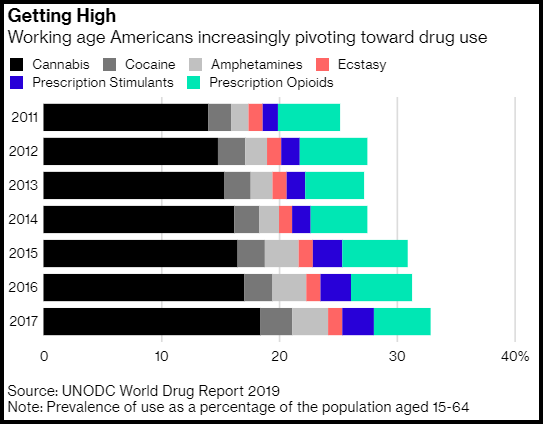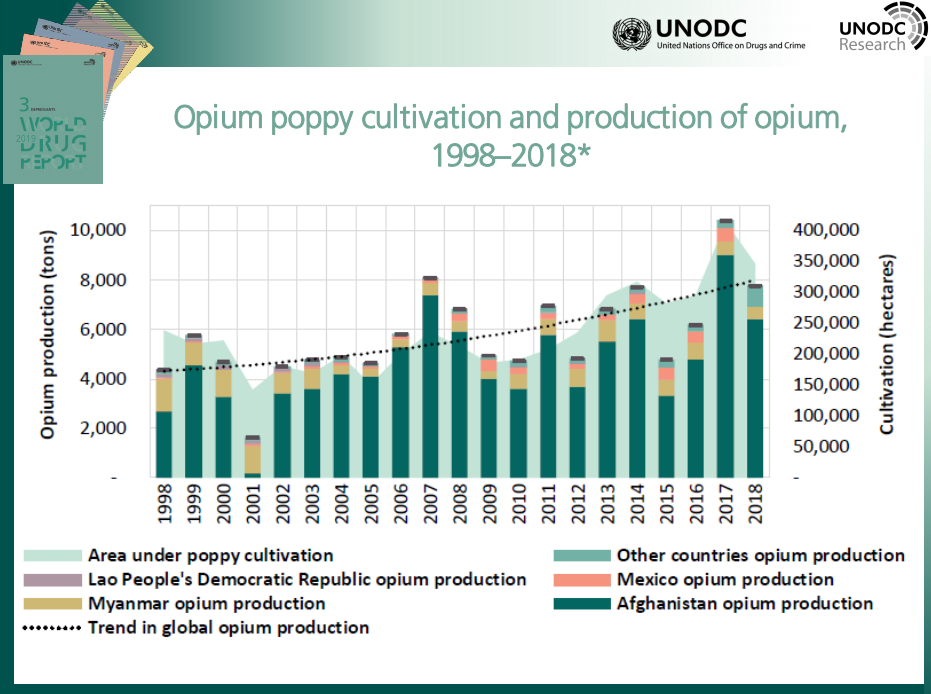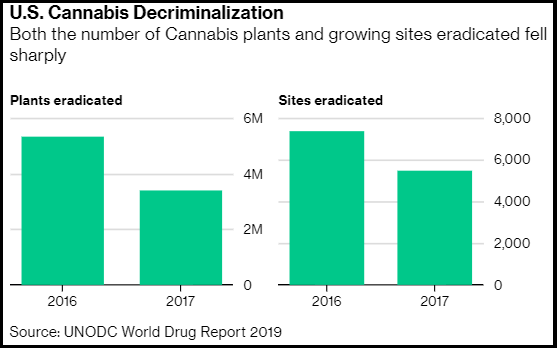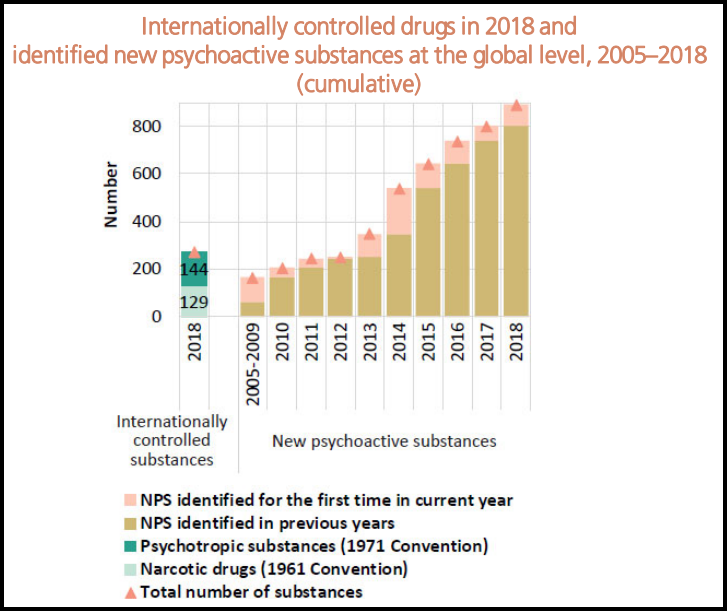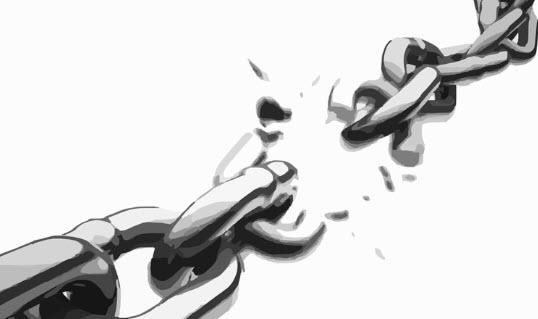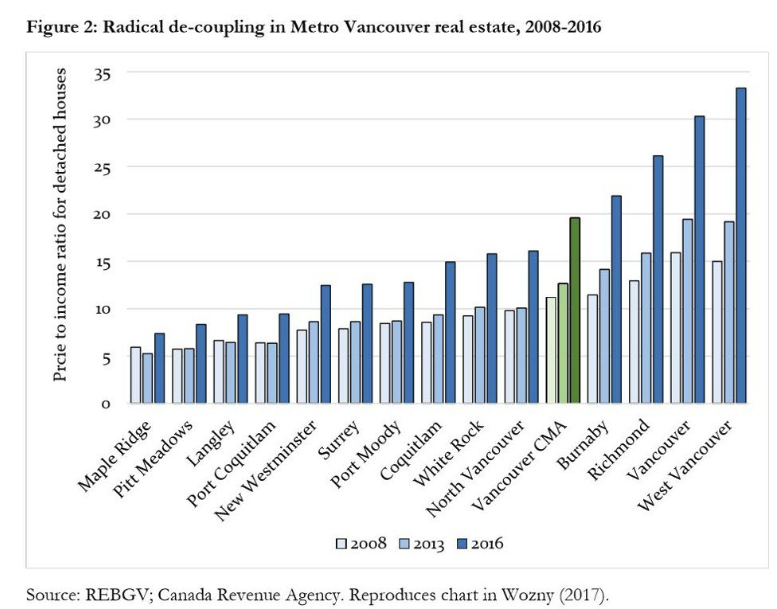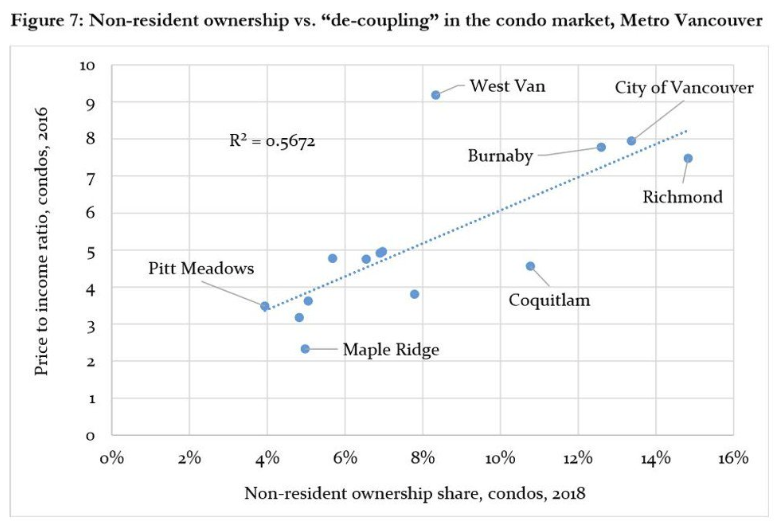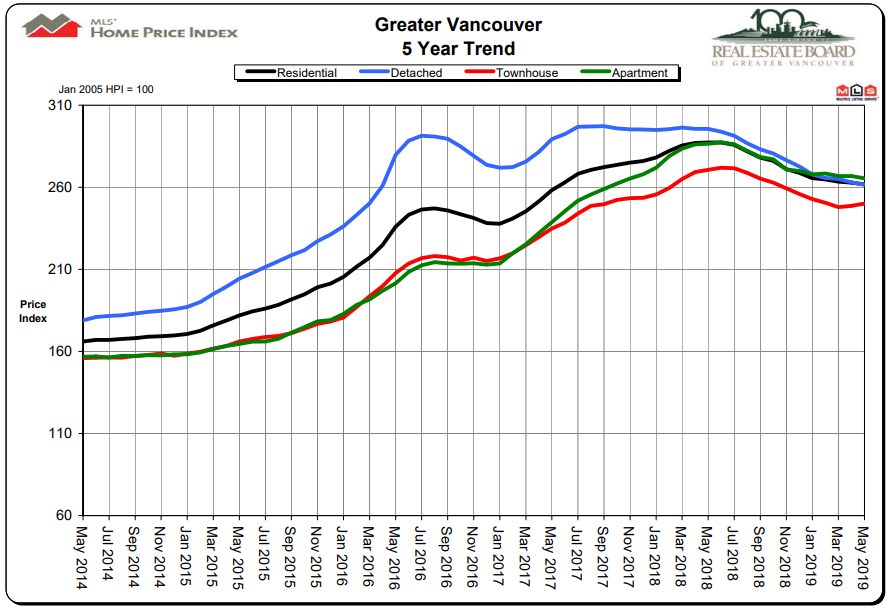Biased: Uncovering the Hidden Prejudice That Shapes What We See, Think, and Do, by Jennifer L. Eberhardt, Viking, 352 pages, $28
A famous song from Avenue Q, the celebrated Broadway puppet musical, nicely sums up what we’ve been told about racism for the last two decades or so: “Everyone’s a Little Bit Racist.”
This notion, which escaped from the confines of academic social psychology and other fields in the 1990s, has dominated the national debate about racism ever since. When it comes to psychology’s treatment of the subject, that’s largely because of the runaway popularity of the implicit association test (IAT), a computerized quiz that supposedly reveals your level of unconscious bias against marginalized groups. It also reflects a broader infatuation with “social priming” research, which is centered on the idea that human behavior can be powerfully influenced by subtle cues, even ones we aren’t consciously aware that our mind has processed.
Social priming hit its stride at John Bargh’s New York University lab in the late 1990s (he’s now at Yale), while the IAT was introduced in 1998 by Anthony Greenwald of the University of Washington and Mahzarin Banaji, presently the chair of Harvard’s psychology department. The early years of the 21st century were very good for both: Social-priming researchers published some sexy, surprising findings, and the IAT quickly established itself as the way for sophisticated people to talk about race in America.
Implicit bias tells a compelling and straightforward story about why racially discriminatory outcomes in America persist: Many people think they’re racial egalitarians, but deep down they’re not. And their implicit bias manifests itself in countless ways, helping to reinforce America’s racial hierarchy by infecting everything from police conduct to real estate agents’ treatment of potential homeowners.
There is ample empirical evidence that implicit bias exists. Plus, you would expect it to exist, theoretically speaking—the human brain evolved to filter out the universe’s cacophony of information by quickly and often sloppily carving things up into categories, and it often then jumps to conclusions based on those categories. But there are many unanswered questions about what percentage of the discriminatory-outcome “pie” can be attributed to implicit bias. Many of the other potential culprits—ossified segregation patterns in housing and schooling, for example—can be explained entirely (or almost entirely) without any reference to implicit bias.
Making things even more complicated, the study of implicit bias has hit some serious roadblocks lately. The IAT, upon further review, doesn’t do a good job of predicting behavior, which was the main reason for its original appeal. (To be clear, that’s a separate question from whether implicit bias actually exists.) More broadly, the replication crisis presently rocking psychology—in which attempts to rerun various classic experiments are failing left and right, suggesting the initial results may have been false positives—has hit social priming particularly hard.
Onto this rather fraught landscape steps the Stanford psychologist Jennifer L. Eberhardt, a 2014 MacArthur “Genius Grant” winner for her work on racial bias. In Biased: Uncovering the Hidden Prejudice That Shapes What We See, Think, and Do, Eberhardt offers a tour of the modern study of race and racism. The book mixes summaries of empirical findings, reflections from her own life and work, and interviews with those who are, in one way or another, on the front line of American race relations, from a black police officer observing the effects of bigotry from within a department to Charlottesville counterprotesters trying to figure out how best to respond to explicit prejudice.
At its best, Biased unblinkingly explains the sheer complexity of solving tangled race-related problems in the United States. Many of its most insightful and useful parts don’t even come from social psychology. Eberhardt correctly highlights, for example, that the bail and plea-bargaining system is a disaster for those without money, who are disproportionately people of color. “Being behind bars for months awaiting trial can unravel a life” for someone without the means to get out on bail. That has the effect of coercing the poor into accepting plea deals on lesser charges, which in turn can “saddle them with a criminal conviction that has lifelong consequences, limiting where they can live, what jobs they can perform, their ability to vote, and their eligibility for college student loans.” And those convictions often bring some prison time anyway: “Black defendants are more likely than whites, Asians, or Latinos to be offered plea deals that require prison time, particularly for drug-related crimes. Blacks are also more likely to rely on the free public defender system, which puts them at a distinct disadvantage.” Simply hiring a private attorney, she explains, increases by about half the probability of defendants having the “primary charge against them reduced.”
Eberhardt also presents some difficult-to-refute findings about the role of implicit bias in the real world, including famous studies in which identical résumés are sent out with white- and black-sounding names (with the white ones getting far more callbacks) and another famous experiment in which a screen shielding performers’ identities during auditions led to more gender parity in previously male-dominated orchestra hiring. The results of these tight, elegant experiments suggest that implicit bias is at least part of the equation. And in some cases they offer clear partial solutions, such as shielding certain identifying information about job applicants and focusing more on tests of ability to perform the tasks required by a position.
But parts of Biased reflect forms of error and overreach that are presently rampant across social psychology. Much as John Bargh’s 2017 social-priming book Before You Know It didn’t even grapple with the existence of the replication crisis, for example, Eberhardt is simply too credulous about certain shaky-seeming social-priming claims. A neophyte reader wouldn’t come away with the sense that there had been any real debate over the IAT, let alone that its founders admitted in 2015 that it’s too statistically noisy to diagnose test takers at the individual level. Instead, she describes it as “more sensitive [than a survey] and designed to measure associations we don’t even know we have.”
Social psychology also has a habit of overextrapolating from rather thin experimental results, and Eberhardt occasionally falls victim to this in Biased. The most telling example comes when she describes an experiment where participants watched scenes from TV shows such as CSI and Grey’s Anatomy in which “characters [like] doctors, police officers, and scientists” had been edited out. Participants unfamiliar with the shows were then asked to rate the likability of the edited-out characters based on how the (still-visible) characters around them acted toward them, and based on transcripts of the show’s dialogue. Participants consistently “perceived the unseen black characters in these popular shows to be less liked and treated less positively than the unseen white ones,” she writes. The researchers further reported a correlation between exposure to the clips and high IAT scores. From this, Eberhardt extrapolates that “just as bias leaks out between the words of scripted dialogue, it seeps out of all of us in our everyday lives, in ways that are difficult to name and evaluate.”
The idea is that even when black characters are explicitly presented in a positive light, they can still trigger and spread implicit bias. But if you look at the study itself, it’s a real stretch to see how it could offer any evidence for such an alarming claim. For one thing, “favorable nonverbal response”—the sense that the other characters’ body language, gestures, and so on indicated positive feelings about the edited-out character—was the only category of six in which a statistically significant difference was noted between the treatment of black and white characters. And that difference was small (just 0.2 points on a six-point scale, or about a 3 percent difference in the perceived nonverbal treatment of fictional characters) and barely significant at that. When it came to perceptions of attractiveness, sociability, kindness, intelligence, and favorable verbal responses, no statistically significant differences were detected. Does one-for-six indicate an important finding, or is it just the inevitable result, statistically speaking, of testing a lot of different stuff?
The study also correlates real-life exposure to the (unedited) shows with high IAT scores—a strange finding when you think about it. We’re buffeted with huge amounts of information every day. Why would a single show we see maybe once a week be correlated meaningfully with implicit bias? It gets even more questionable when you consider that exposure to clips in another study appeared to lead to immediate increases in anti-black racism as measured by the IAT. So the scores are both jumping around in response to recent stimuli and correlated, in a longer-term way, with occasional exposure to those same stimuli?
Social psychology is only going to right its ship if social psychologists stare the problem straight in the face and are willing to discuss it openly. As informative and engaging as Biased is, when it comes to its treatment of its own discipline, it seems to suffer from a bit of—well, you know.
from Latest – Reason.com https://ift.tt/2RKr3A3
via IFTTT


